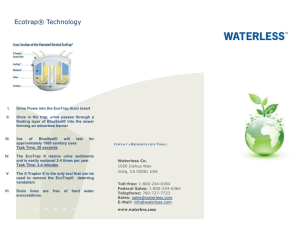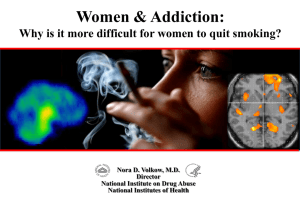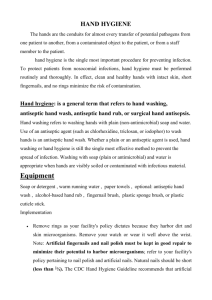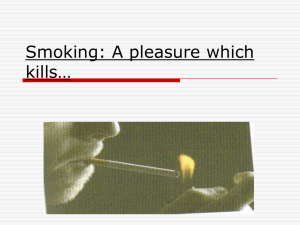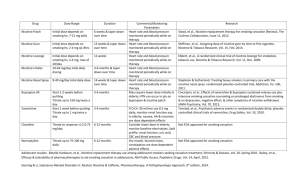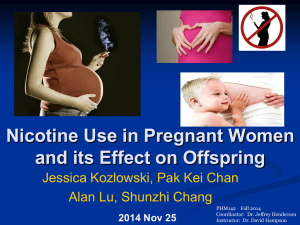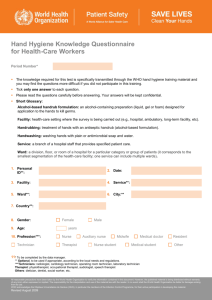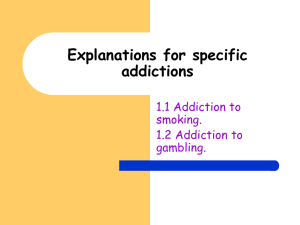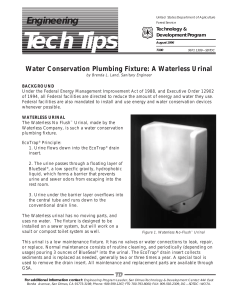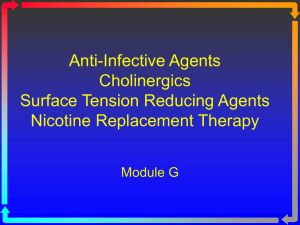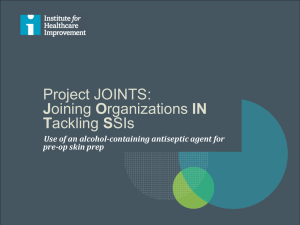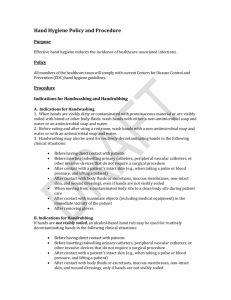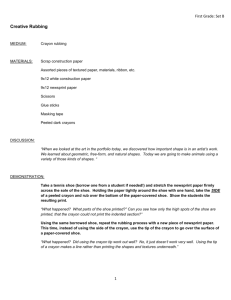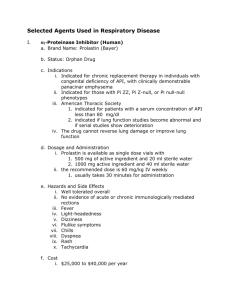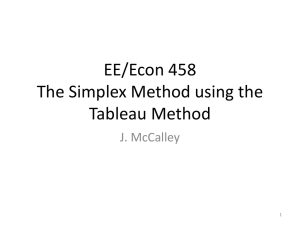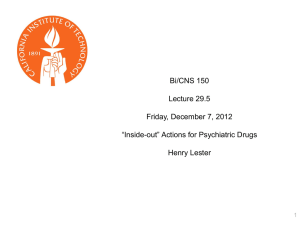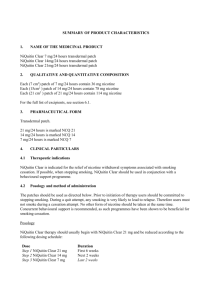PICO - eShare
advertisement
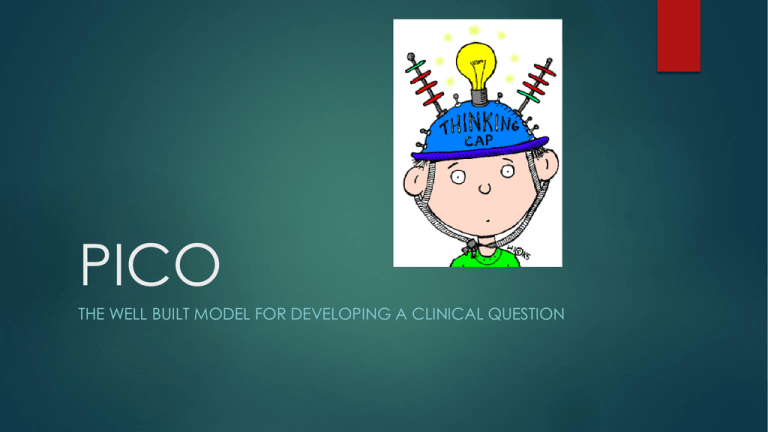
PICO THE WELL BUILT MODEL FOR DEVELOPING A CLINICAL QUESTION There are five steps to providing Evidence-Based Care (EBC): 1. ASK = Develop your answerable clinical question 2. ACQUIRE = Efficiently find the best evidence 3. APPRAISE = Critically evaluate the evidence for its validity and usefulness 4. APPLY = Use the results of the appraisal in your clinical practice 5. ASSESS = Evaluate your performance Sackett DL, Straus SE,et al. Evidence Based Medicine: How to Practice and Teach EBM. 2nd Ed. Churchill Livingstone: Edinburgh, 2000. P = Patients, Population of interest Who are the patients of interest? Is there a particular age group, gender or population? What is the health concern? I = Intervention or Exposure What therapeutic, diagnostic, preventative or other health care interventions are you interested in knowing about? What health care management strategies are you interested in comparing? C = Comparison of Interest Is there a comparison to be evaluated against the intervention? Only to be used if more than one intervention or if no intervention is a factor use outcome. O = Outcome of interest What is the desired outcome to be evaluated? How will the patient or population be affected or not affected by the outcome. The Well-Built Clinical Question: “PICO” Model • Patient / Population / Problem (among _____) • Intervention / Exposure (does _____) • Comparison (versus ______) • Outcome (affect _______) NOTE: This model works best for Therapy/Treatment & Diagnosis questions. P = Patient/Population of Interest • Who are the patients of interest? • Is there a particular age group, gender or population? • What is the health concern? Example: For persons entering a health care facility…… I = Intervention or Exposure • What therapeutic, diagnostic, preventive or other health care interventions are you interested in knowing more about? • What health care management strategies are you interested in comparing? Example: For persons entering a health care facility, is hand rubbing with a waterless, alcohol basedsolution….. C = Comparison of Interest • Is there a comparison to be evaluated against the intervention? • Only used if more than one intervention or if no intervention is a factor. Example: For persons entering a health care facility, is hand rubbing with a waterless, alcohol-based solution, as effective as standard hand washing with antiseptic soap….. O = Outcome of Interest • What is the desired outcome to be evaluated? • How will the patient or population be affected, or not affected, by the intervention? Example: For persons entering a health care facility, is hand rubbing with a waterless, alcohol-based solution, as effective as standard hand washing with antiseptic soap for reducing hand contamination? Example from: DiCenso A, Guyatt G, Ciliska D. (2005). Evidence-Based Nursing: A Guide to Clinical Practice. St. Louis, MO: Mosby. Think about a situation that you have come across or might come across in nursing that you might want or need to research to make a clinical decision For example: A therapy/treatment situation or when someone is being given a diagnosis. Therapy/Treatment In________(P) what is the effect of _______ (I) on ________(O) compared with (c) Therapy/Treatment In persons entering a health care facility (P) what is the effect of hand rubbing with a waterless, alcohol based solution (I) on reducing hand contamination (O) compared with hand washing with antiseptic soap (c) Diagnosis Are (Is) _______(I) more accurate in diagnosing _________(P) compared with (c) Diagnosis Is a PKU test (I) done on two week old infant (P) more accurate in diagnosing inborn errors in metabolism (O) compared with PKU tests done at 24 hours of age (c) Is acupuncture a more effective method of quitting smoking, when compared to nicotine replacement therapy? Patient/ Population/ Problem Intervention Comparison Outcome smoking acupuncture “Nicotine replacement therap*” quit* smok* acupunct* “nicotine gum” stop* “chewing gum” cease* “nicotine patch*” “smoking cessation” (finds - smoke, smoker, smokers, smoking) tobacco cessation Acknowledgement Center for Health Policy & Clinical: Cincinnati Children’s

